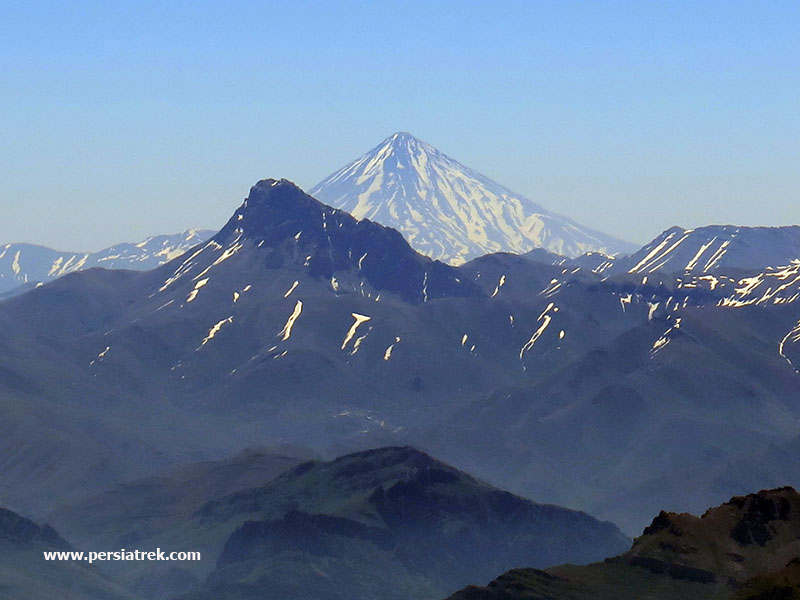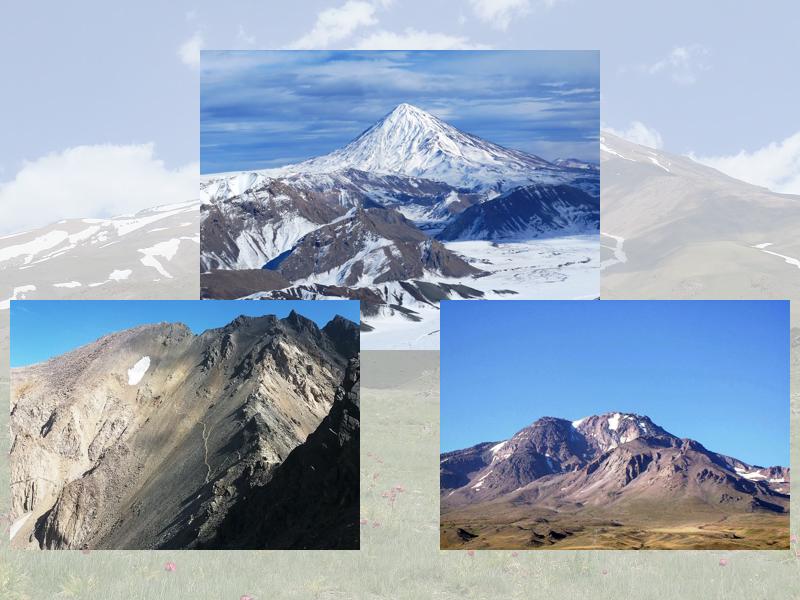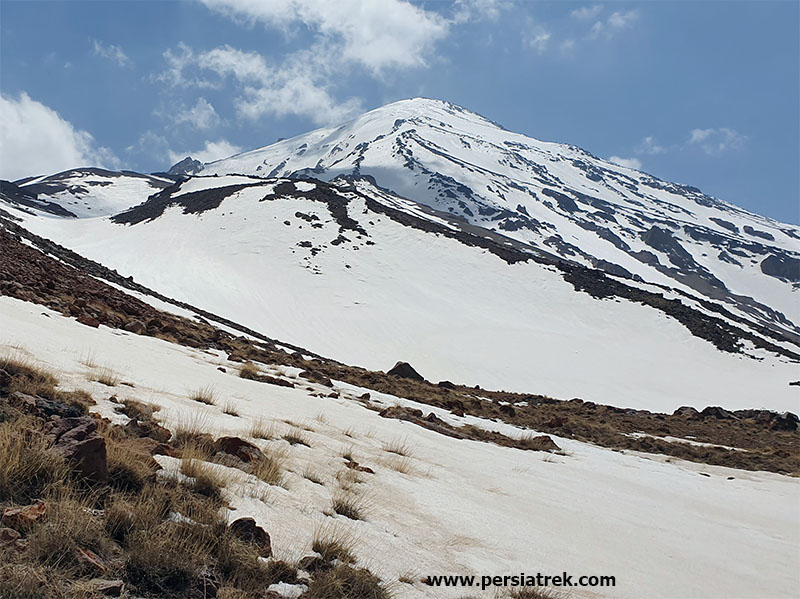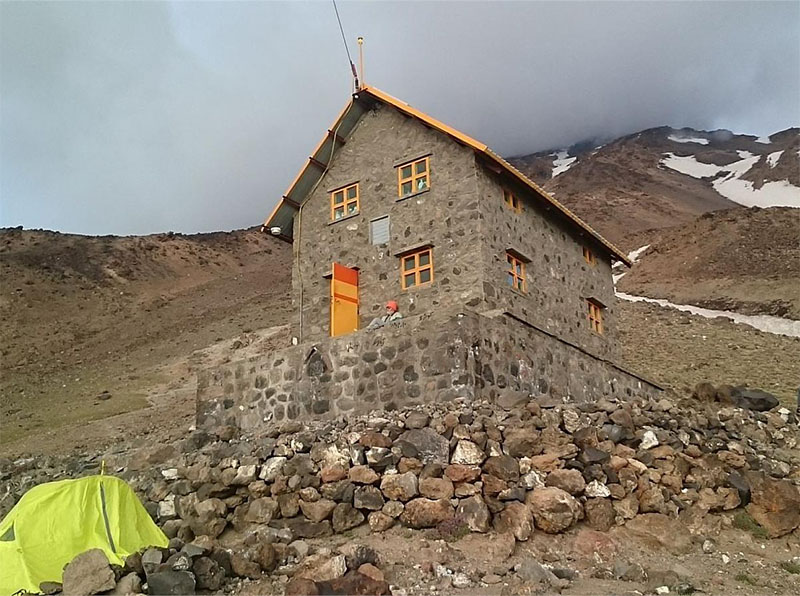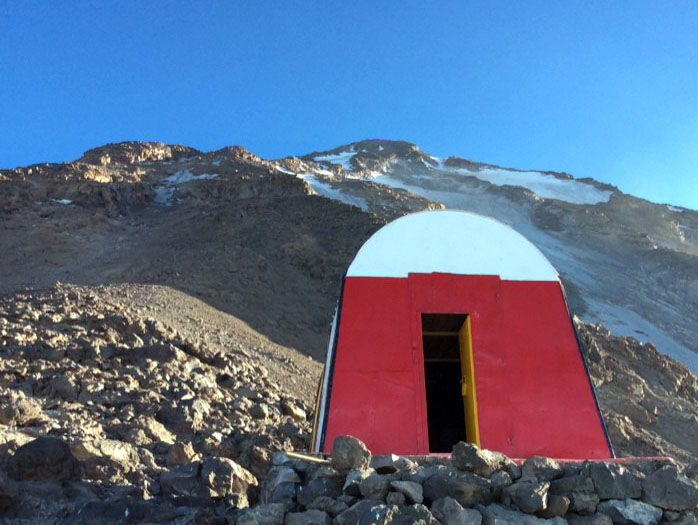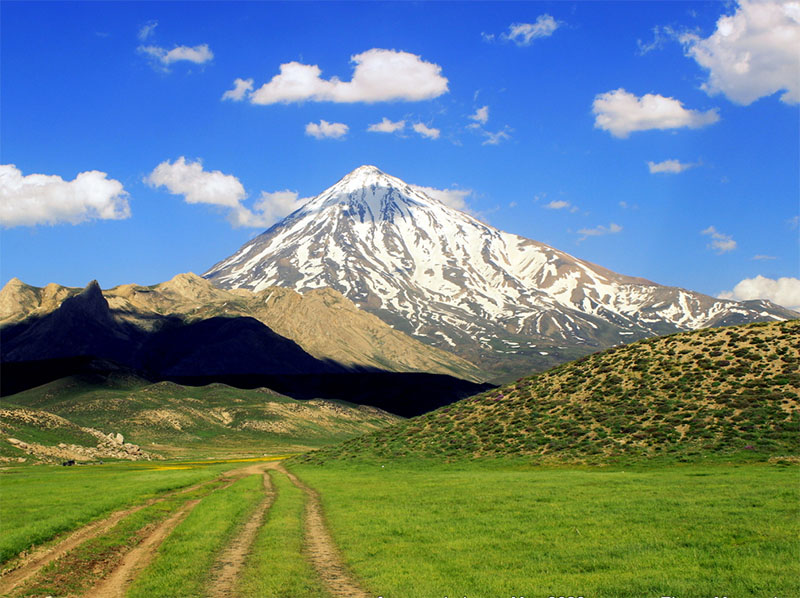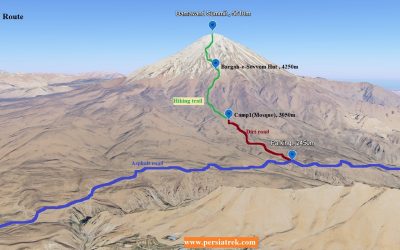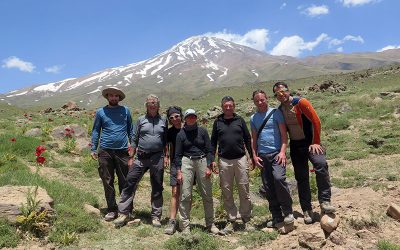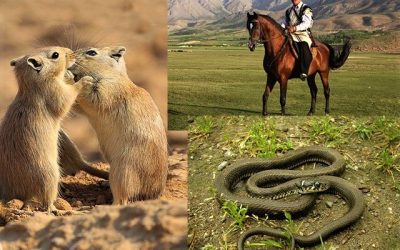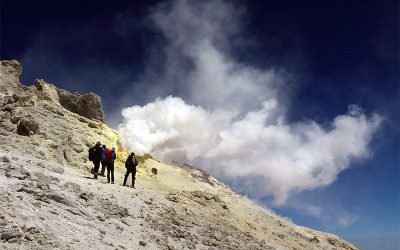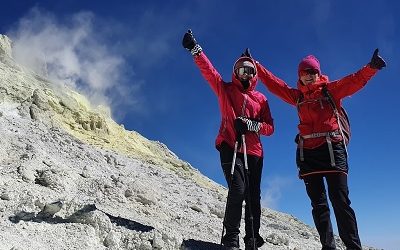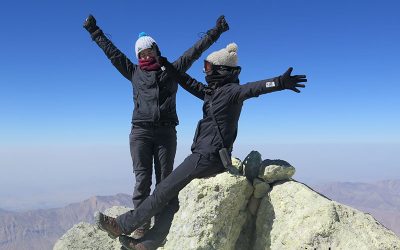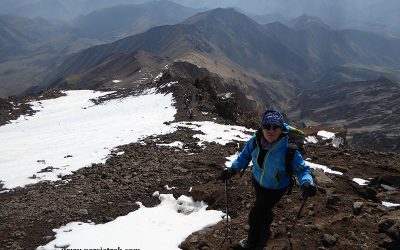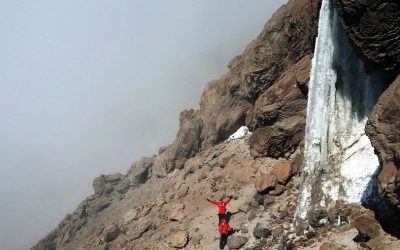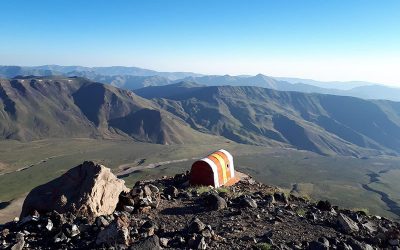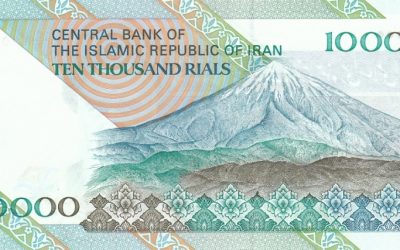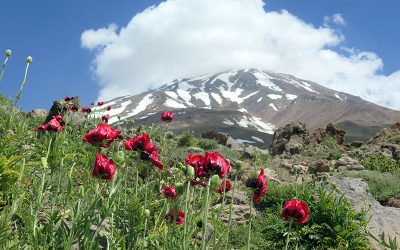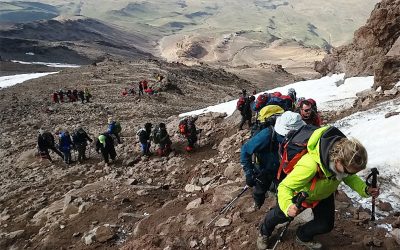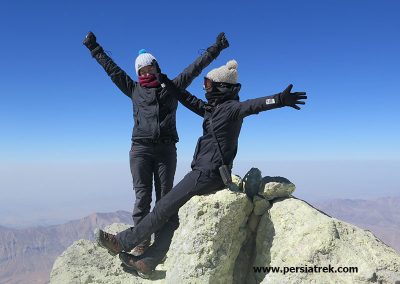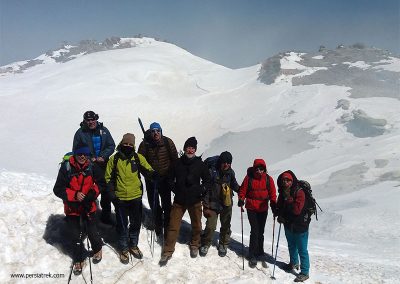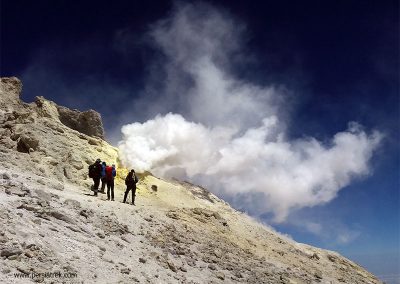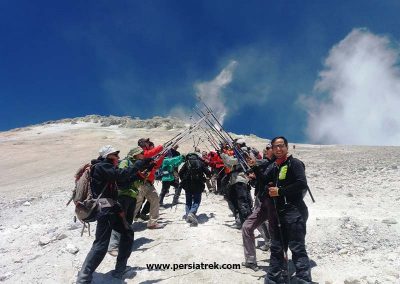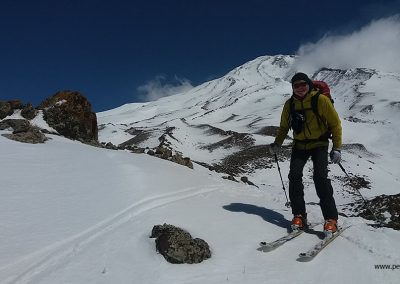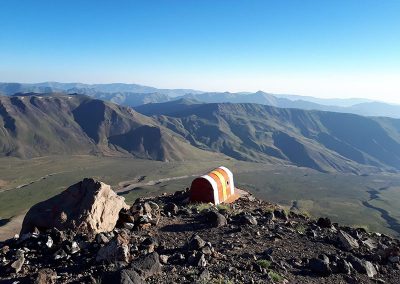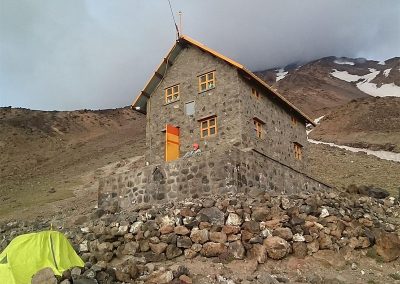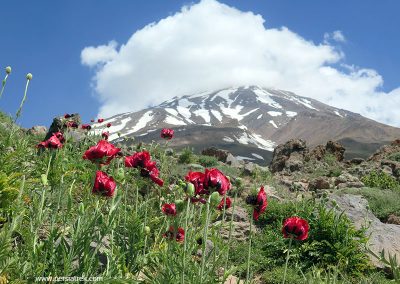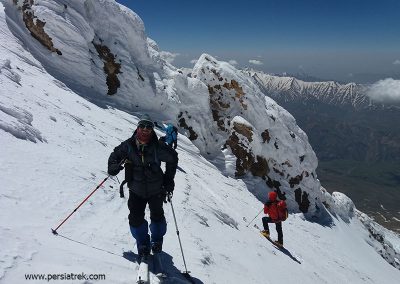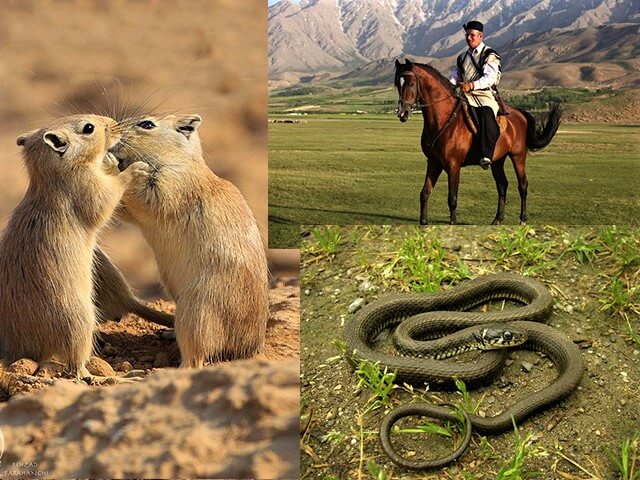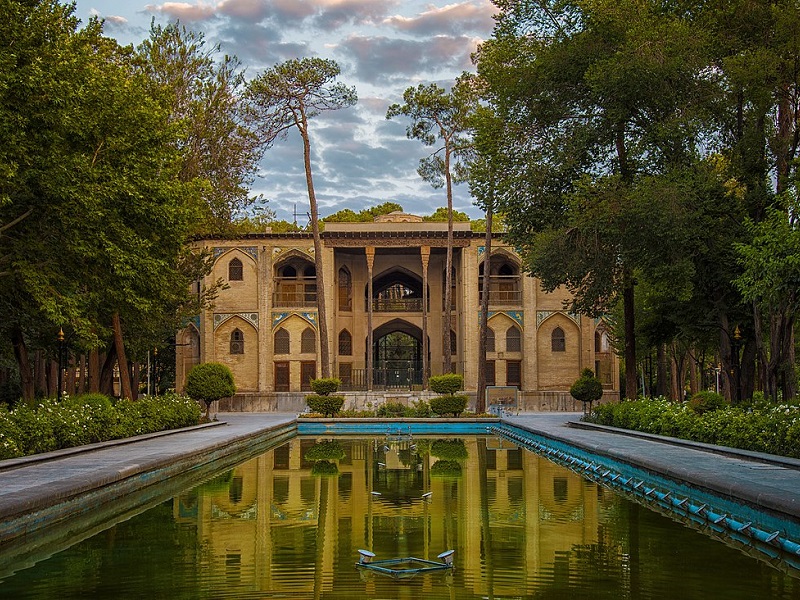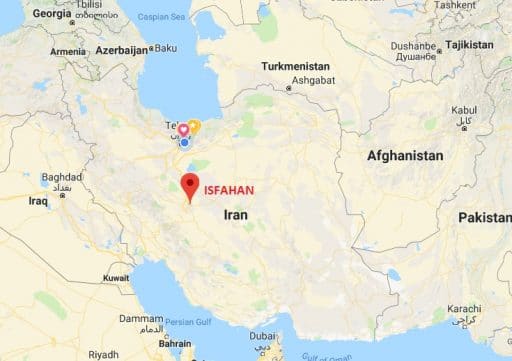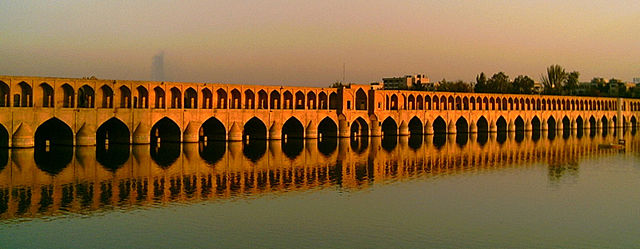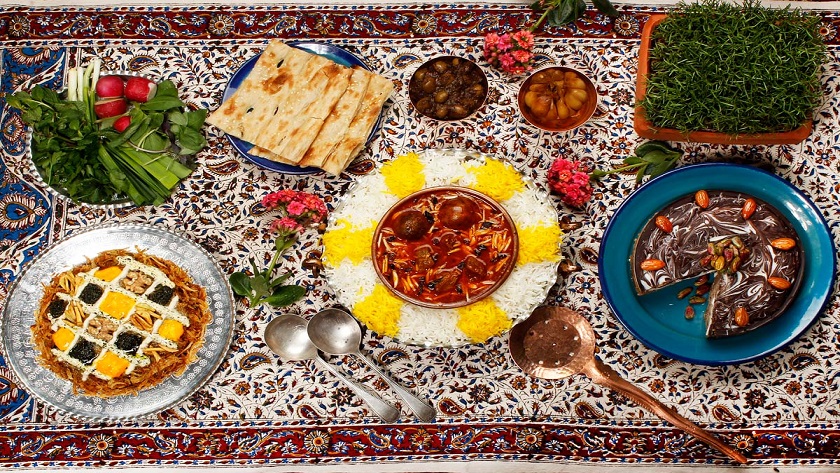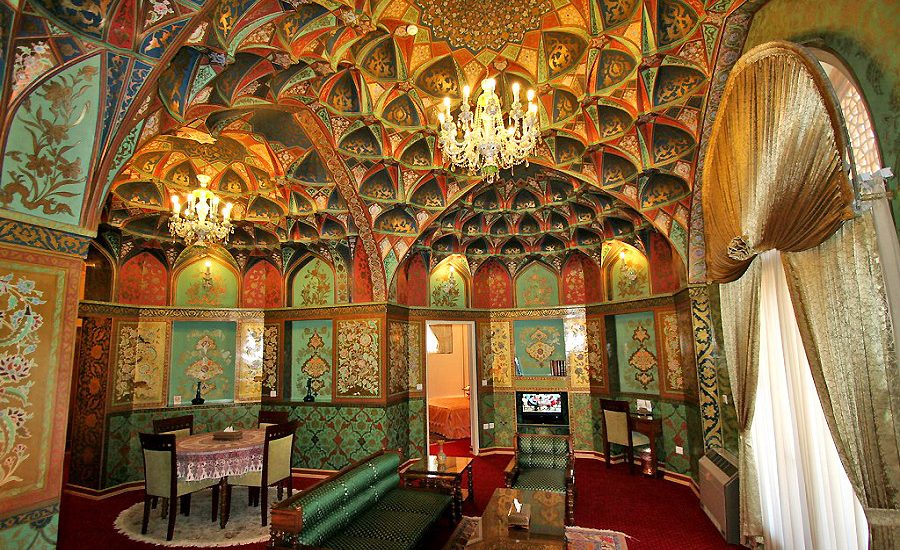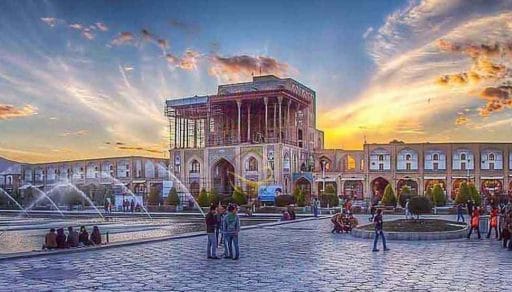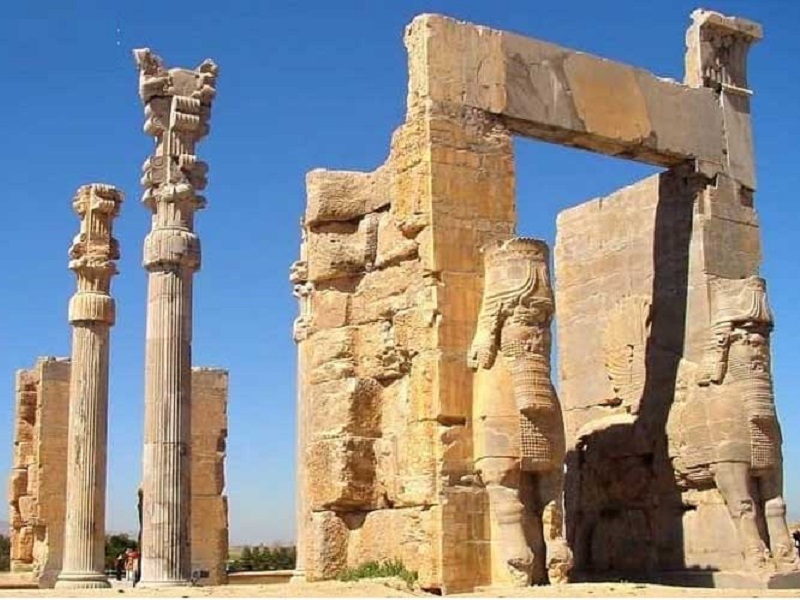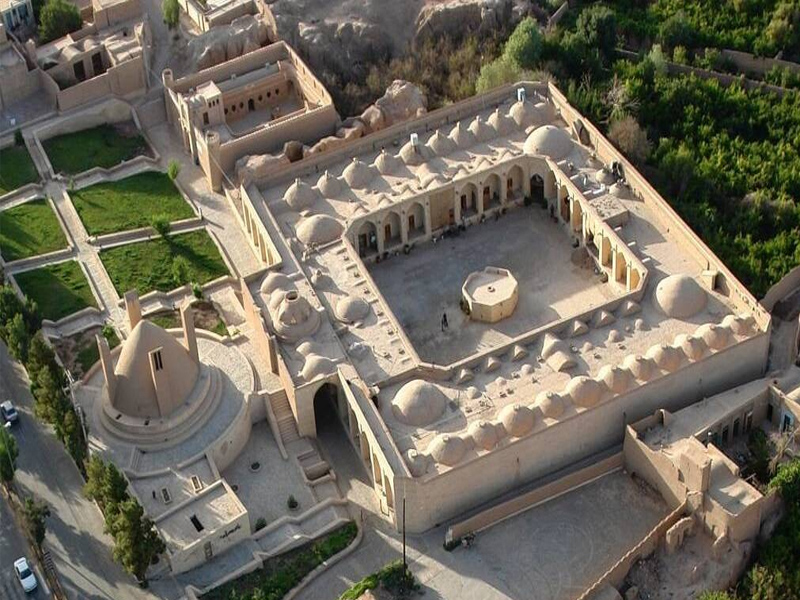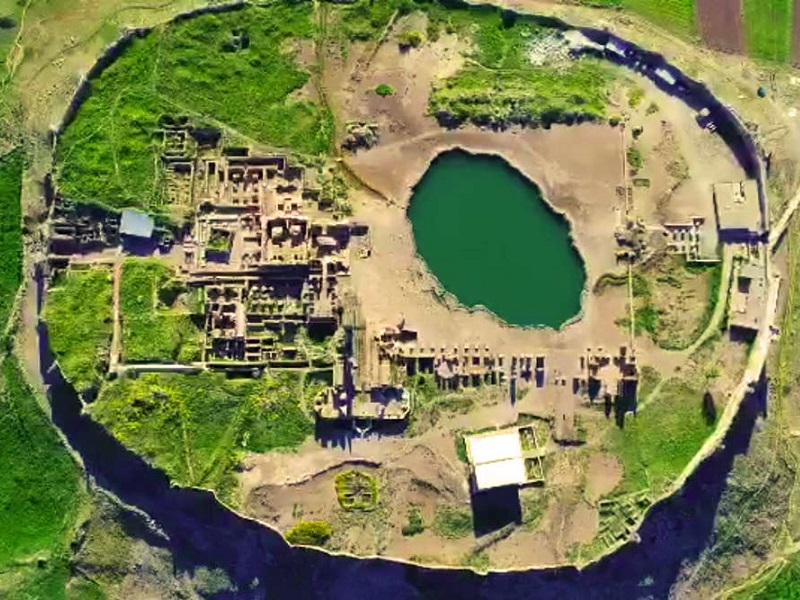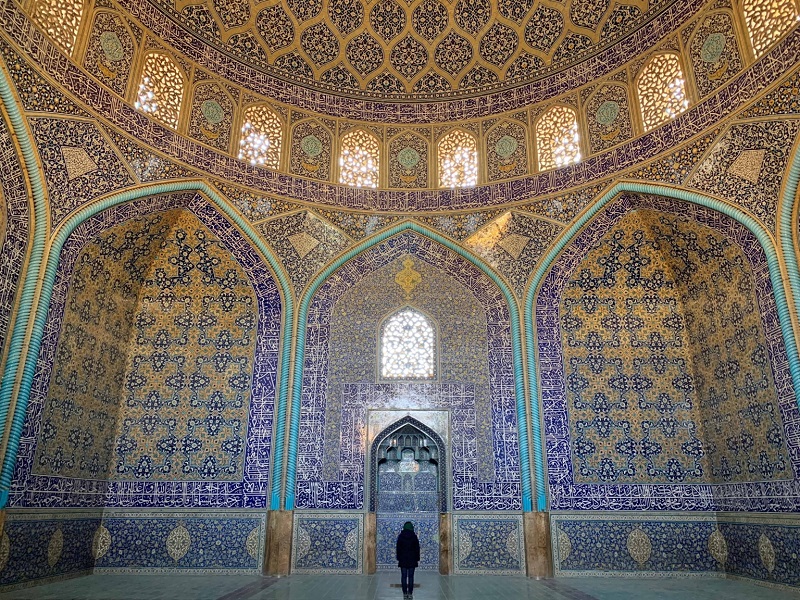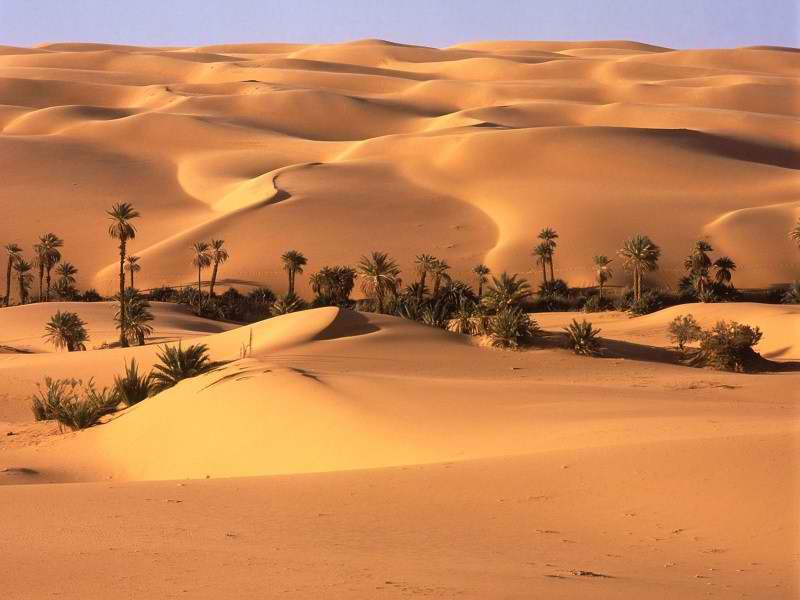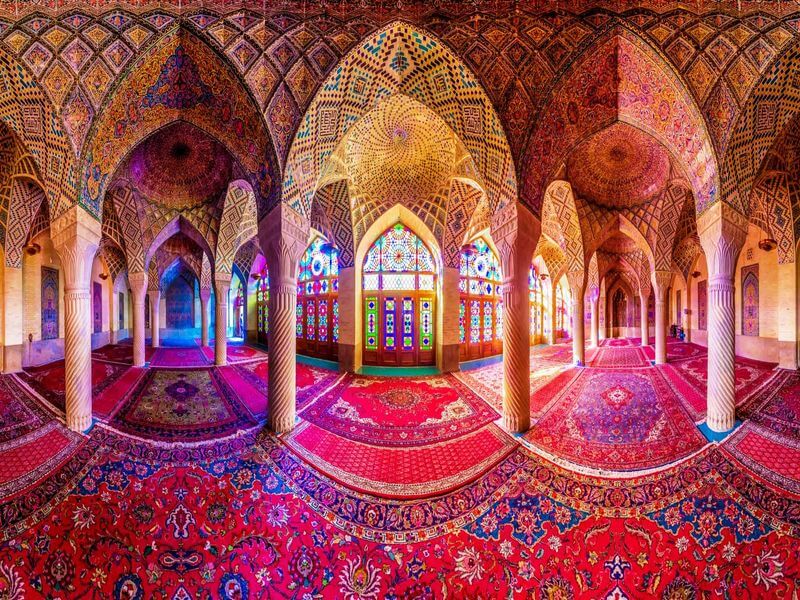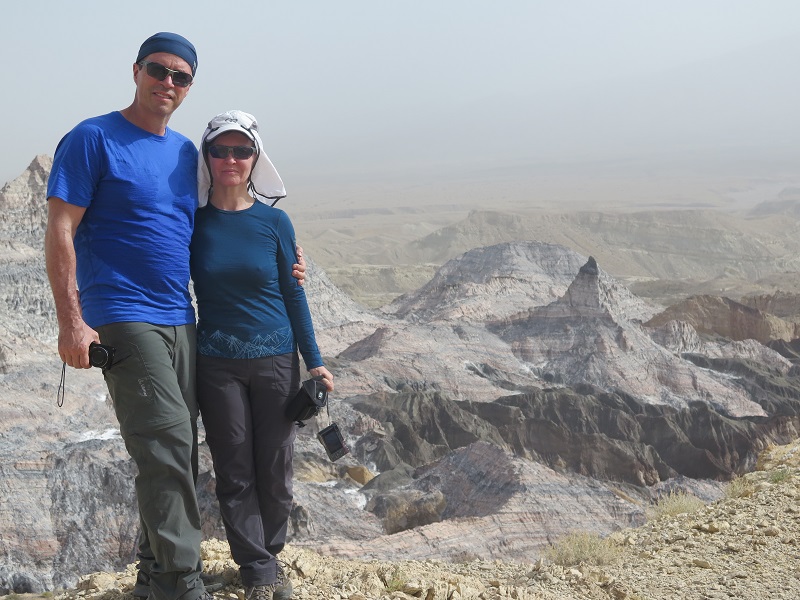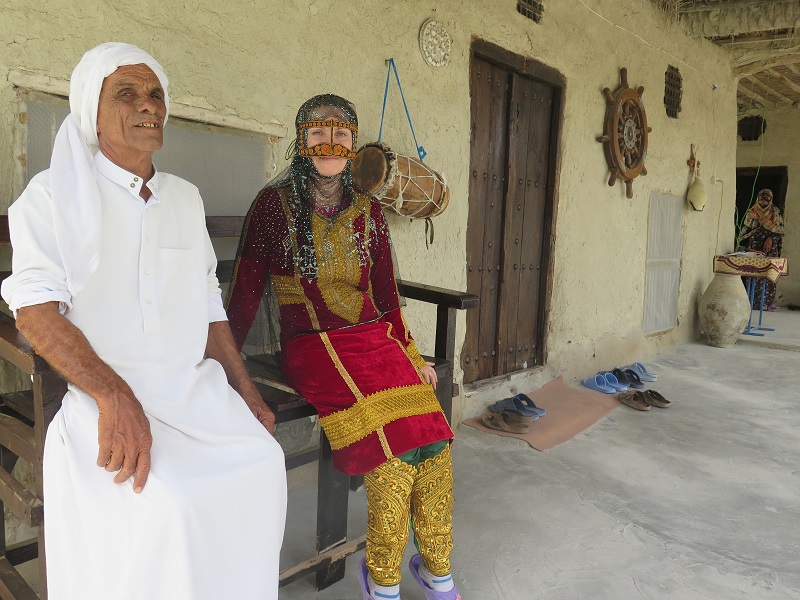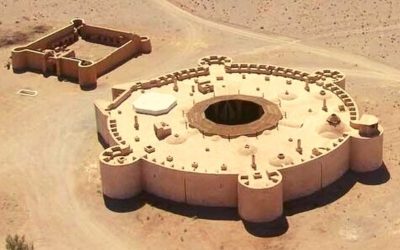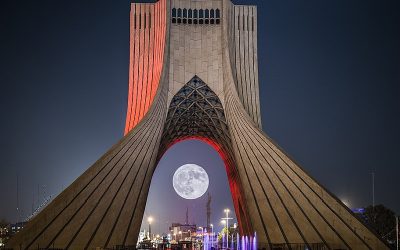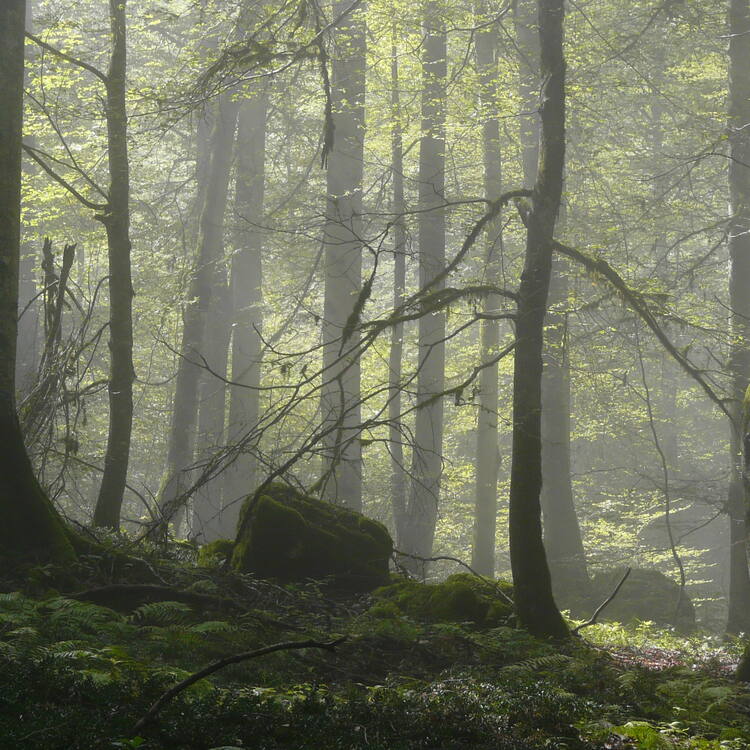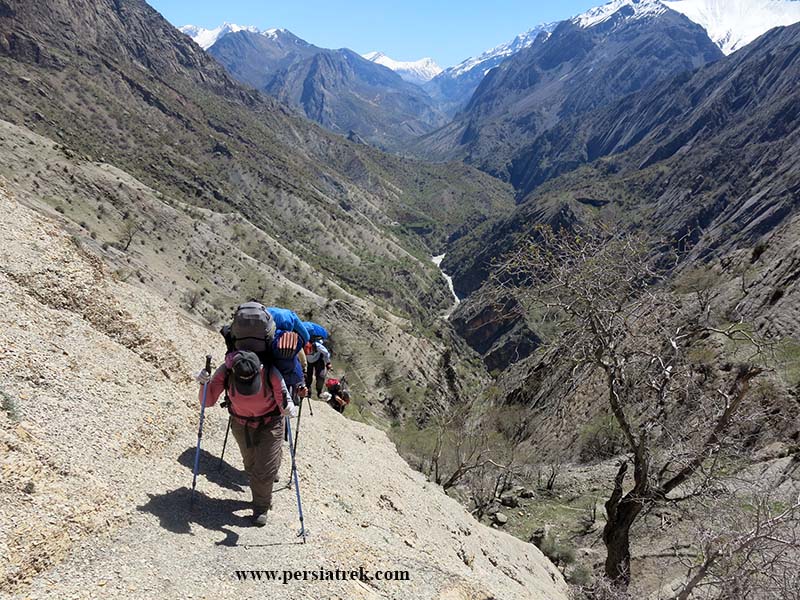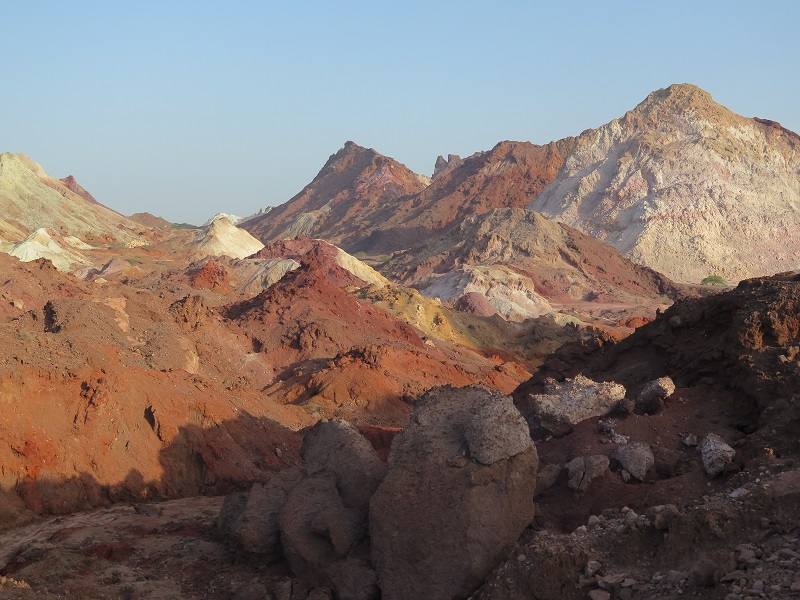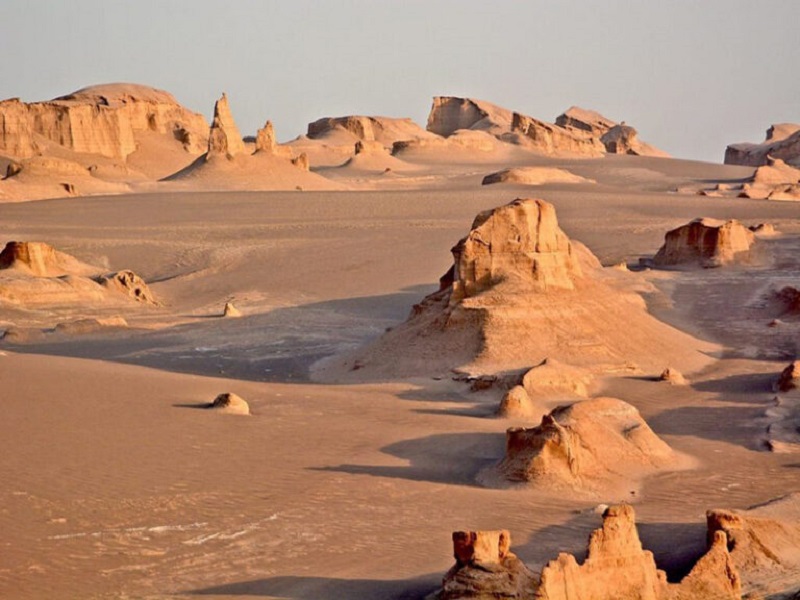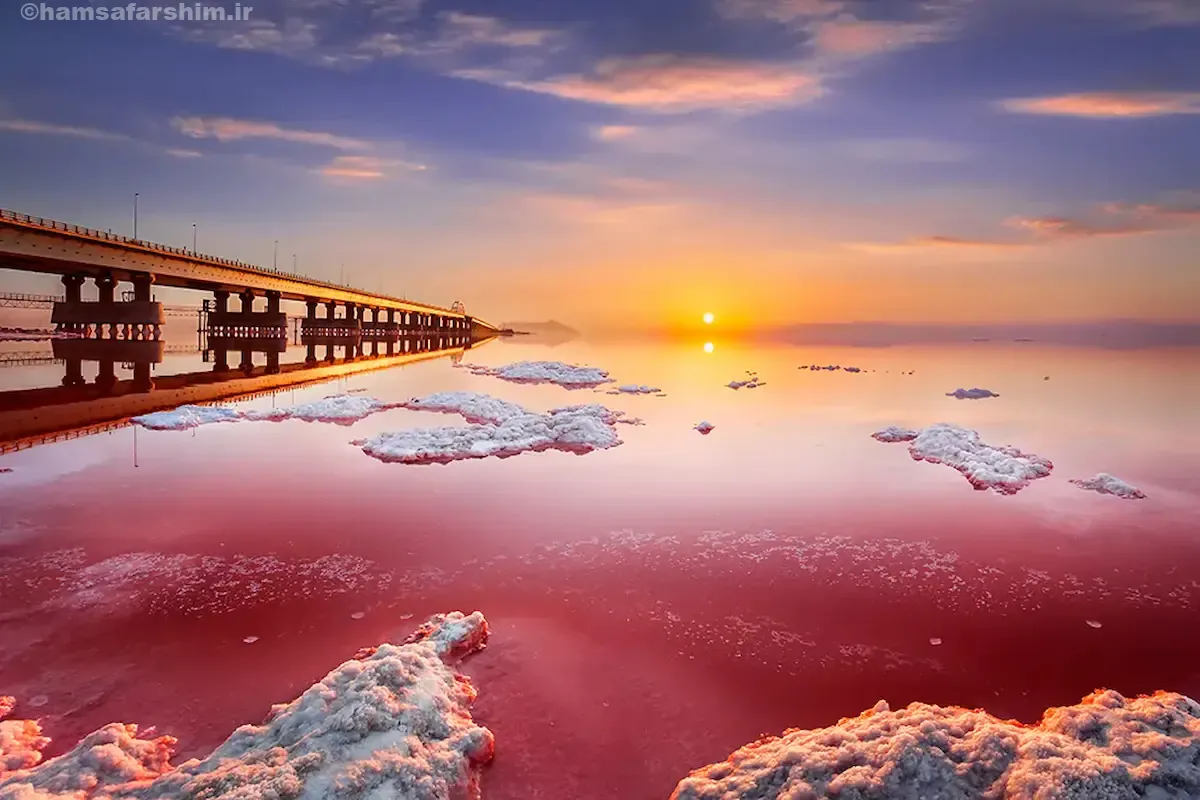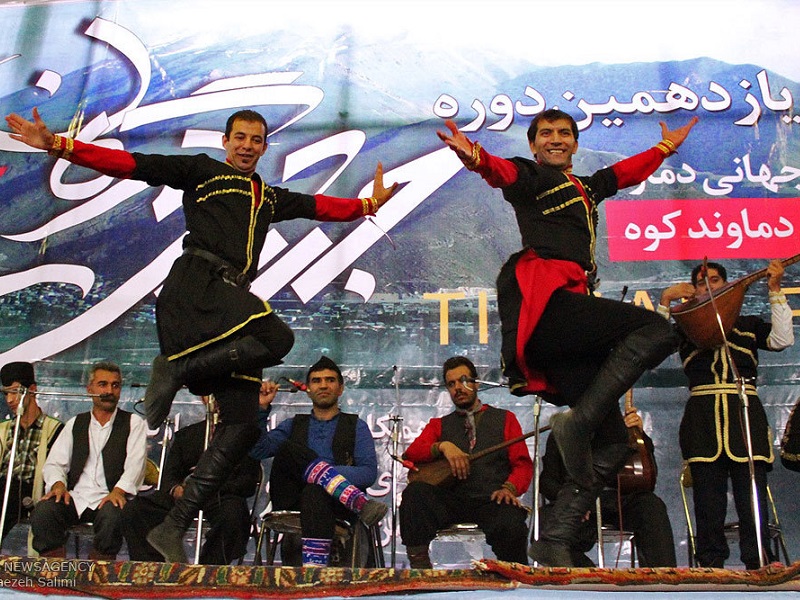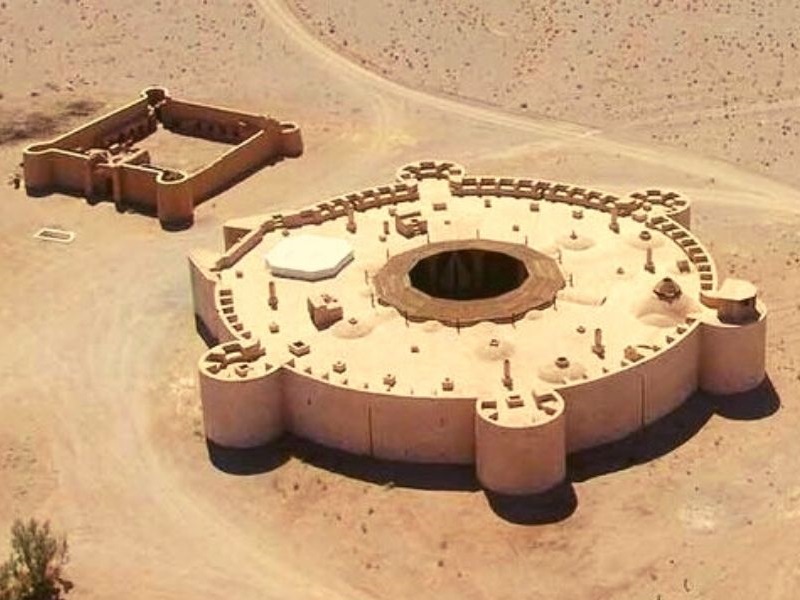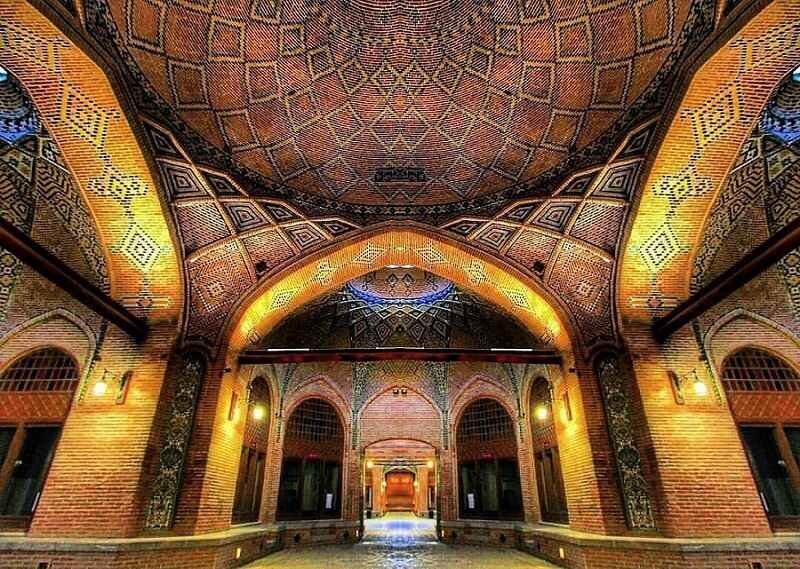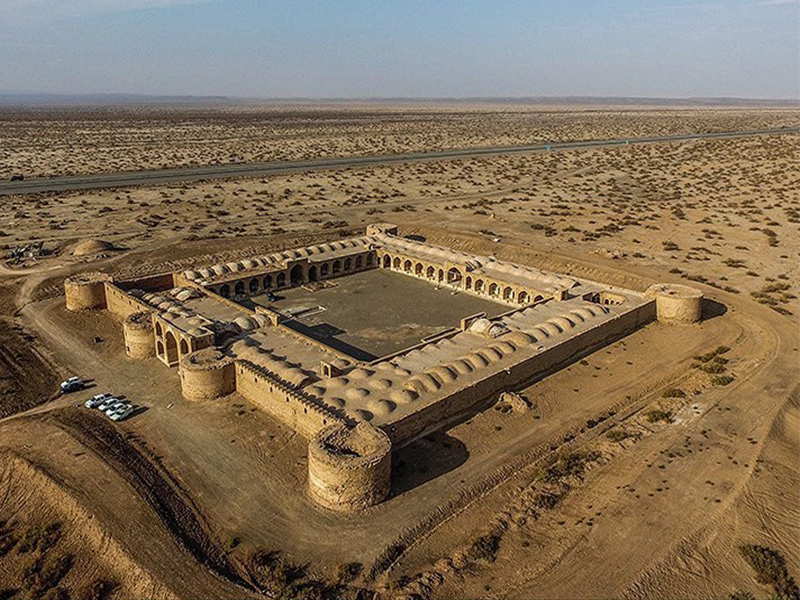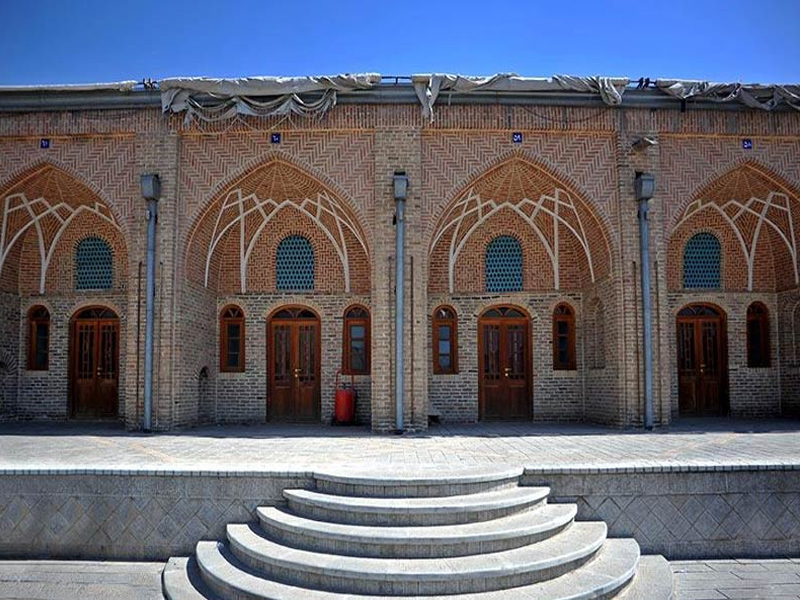
Руководство по восхождению на гору Дамаванд
Руководство по восхождению на гору Дамаванд
Полный путеводитель по восхождению на гору ДамавандПолный путеводитель по восхождению на гору Дамаванд
Гора Дамаванд (5610 м) — это не только высочайший вулкан Азии, но и символ Ирана, окруженный легендами. Подъем на эту вершину — мечта многих альпинистов и любителей горных походов. В этом путеводителе мы разберем все важные моменты: лучшие маршруты, подготовку, снаряжение и советы по безопасности.
в этой статье мы подготовили полное руководство по восхождению на гору Дамаванд для тех, кто хочет узнать больше о горе Дамаванд
Почему стоит подняться на Дамаванд?
✔️ Самая высокая вулканическая гора в Азии — часть списка “Семь вулканических вершин мира“.
✔️ Не требует сложного альпинистского опыта — доступен для подготовленных туристов.
✔️ Уникальная природа — лавовые поля, фумаролы и захватывающие панорамы.
✔️ Историческое и культурное значение — гора упоминается в персидских мифах.
Если вы хотите испытать свои силы и насладиться видами на высоте более 5 000 метров, Дамаванд — отличный выбор.
Лучшее время для восхождения
Оптимальный период — с июня по сентябрь, когда:
✅ Меньше снега.
✅ Температура комфортная.
✅ Погода стабильнее.
Зимние восхождения (декабрь – апрель)
❄️ Глубокий снег, сильные морозы и шквальный ветер (до 100 км/ч).
❄️ Рекомендуется только для опытных альпинистов.
Вывод: Лучше всего подниматься летом.
Маршруты восхождения
1. Южный маршрут (самый популярный и легкий)

Карта в полном размере
- Старт: Полур или Рине.
- Базовый лагерь: Гусфанд-Сара (3000 м).
- Приют: Баргах-е-Севом (4200 м).
- Продолжительность: 3-4 дня.
- Плюсы: Хорошая инфраструктура, самый безопасный маршрут.
- Минусы: Может быть многолюдно в сезон.
2. Северный маршрут (сложный, но живописный)

Карта в полном размере
- Старт: Село Нандал.
- Базовый лагерь: Приют Тахт-е-Ферейдун (4300 м).
- Продолжительность: 4-5 дней.
- Плюсы: Прекрасные виды, меньше туристов.
- Минусы: Крутой подъем, сложные погодные условия.
3. Северо-восточный маршрут (отдаленный и сложный)

Карта в полном размере
- Старт: Нандал.
- Базовый лагерь: Приют Тахт-е-Ферейдун (4300 м).
- Продолжительность: 4-5 дней.
- Плюсы: Уединенный маршрут, красивые пейзажи.
- Минусы: Открытые ветрам участки, сложный рельеф.
4. Западный маршрут (самый технически сложный)

Карта в полном размере
- Старт: Полур.
- Базовый лагерь: Приют Симорґ (4150 м).
- Продолжительность: 4-5 дней.
- Плюсы: Уединенность.
- Минусы: Камнепады, труднопроходимый рельеф.
👉 Рекомендация: Если это ваше первое восхождение, выбирайте южный маршрут.
Физическая подготовка и акклиматизация

Физическая подготовка
🏃 Кардионагрузки: бег, плавание, велосипед.
🏋️ Силовые тренировки: приседания, выпады, подъем по лестнице.
🎒 Ходьба с рюкзаком: тренируйтесь с весом 10-15 кг.
Акклиматизация
🚶 Поднимайтесь постепенно, избегайте резких перепадов высот.
💧 Пейте 3-4 литра воды в день.
💊 При необходимости используйте ацетазоламид (ДИАМОКС) для предотвращения горной болезни (по рекомендации врача).
Необходимое снаряжение
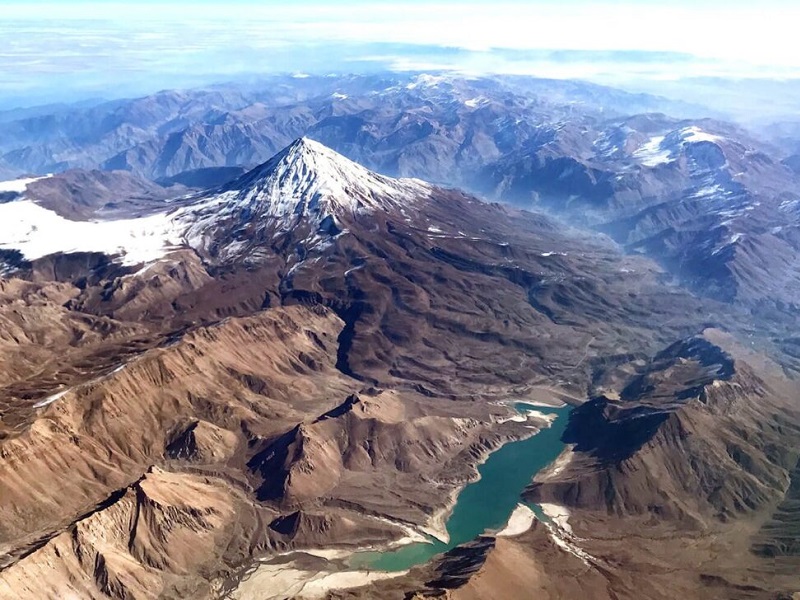
Одежда и обувь
🧥 Многослойная система одежды: термобелье, флисовая кофта, ветро- и влагозащитная куртка.
🥾 Горные ботинки с жесткой подошвой.
🧦 Теплые носки и перчатки.
Оборудование
🎒 Рюкзак (40-50 л) – для воды, еды, одежды.
⛺ Спальник (-10°C…-20°C).
🕶️ Солнцезащитные очки и крем.
🥢 Треккинговые палки – уменьшают нагрузку на колени.
🔦 Фонарь (налобный).
Разрешения, гиды и жилье

Разрешения
✔️ Обязательны. Получаются в Тегеране или Полуре.
Гиды
✔️ Не обязательны, но могут быть полезны для новичков.
✔️ Помогут с маршрутом, акклиматизацией и логистикой.
Где остановиться
🏡 Полур и Рине: гестхаусы.
⛺ Гусфанд-Сара (базовый лагерь): палаточный лагерь.
🏠 Баргах-е-Севом (4200 м): приют с койками.
Опасности и советы по безопасности

Возможные риски
⚠️ Горная болезнь – головная боль, тошнота, слабость.
⚠️ Резкие перепады погоды – холод, сильный ветер.
⚠️ Сернистые газы у вершины – могут вызывать дискомфорт.
⚠️ Скользкие участки и камнепады – осторожность на спуске!
Полезные советы
✔️ Следите за прогнозом погоды.
✔️ Всегда идите с партнёром или группой.
✔️ Берите достаточно еды и воды.
✔️ Ориентируйтесь на собственные силы, не спешите.
Пример 4-дневного маршрута (южный маршрут)

День 1: Прибытие в Полур (2200 м)
🚗 2-3 часа езды из Тегерана.
🏠 Ночёвка в гестхаусе.
День 2: Переход к Баргах-е-Севом (4200 м)
🚙 Переезд в Гусфанд-Сара (3000 м).
🥾 Подъем (4-5 часов).
День 3: Акклиматизация
🧗 Короткий подъем (~4800 м), затем отдых.
День 4: Штурм вершины и спуск
⏰ Ранний выход (4:00 утра).
🏔️ Вершина (5-7 часов).
⬇️ Спуск в Полур и возвращение в Тегеран.
Заключение
Дамаванд — идеальный выбор для тех, кто хочет испытать себя на высоте более 5 000 м. С достаточной подготовкой и акклиматизацией подъем возможен даже для опытных туристов без альпинистского опыта.
🏔 Готовы к приключению?

